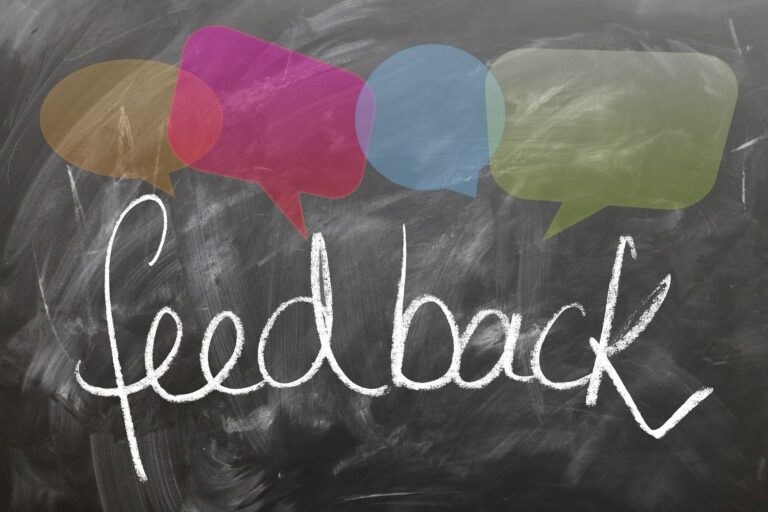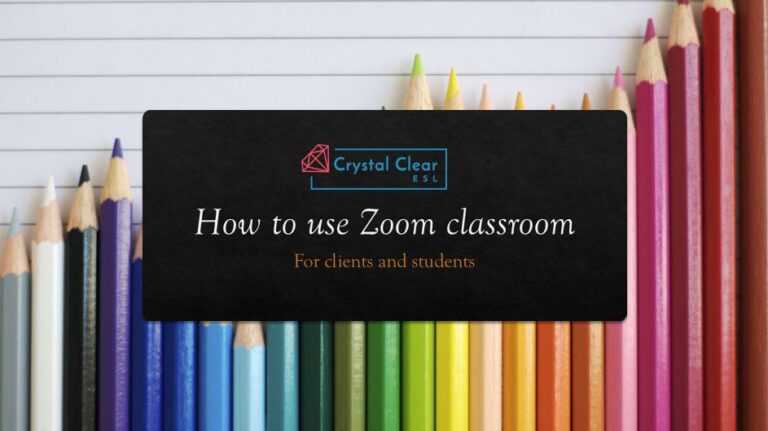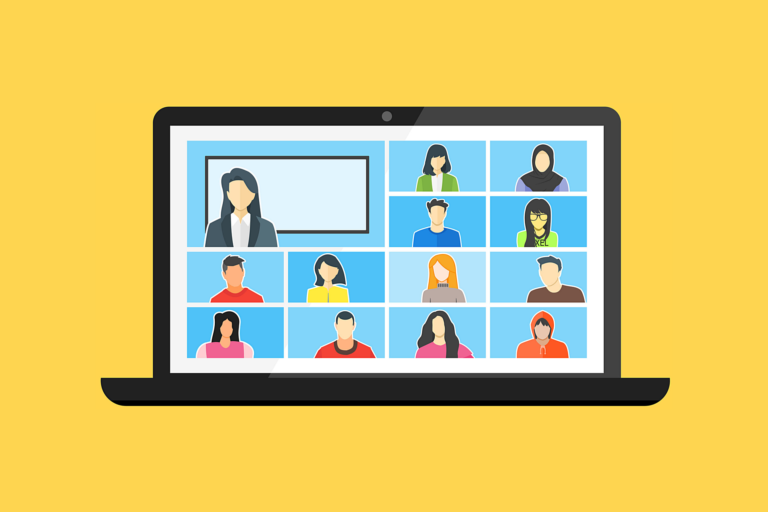Let’s Get Real(ia)!
Effective Use of Realia in the Online ESL Classroom
If you’re an online ESL teacher, I’m willing to bet you’ve used realia at some point in your lessons, perhaps without even realising it! Using realia can become like second nature to an online teacher, but what’s the real deal with realia anyway? Is it real-ly necessary to use realia in online ESL lessons?
Ok, ok! I promise that’s the last pun I throw in here, so let’s get straight to it! In case you missed the hints, this month’s blog is all about the effective use of realia in the online ESL classroom.
Take a look around you; you can probably see at least five items that you can use as realia in your ESL lessons. From where I’m sitting, typing this blog by my living room table, I can see a can of apple juice, coloured highlighters, a pair of scissors, a box of tissues, and a ruler. I can already think of a multitude of ways to use these items to demonstrate vocabulary words and verbs and to solicit verbal responses from my students!
Before we delve into why realia is an invaluable tool in the online ESL classroom, let’s take a closer look at what realia is, and what it’s not!
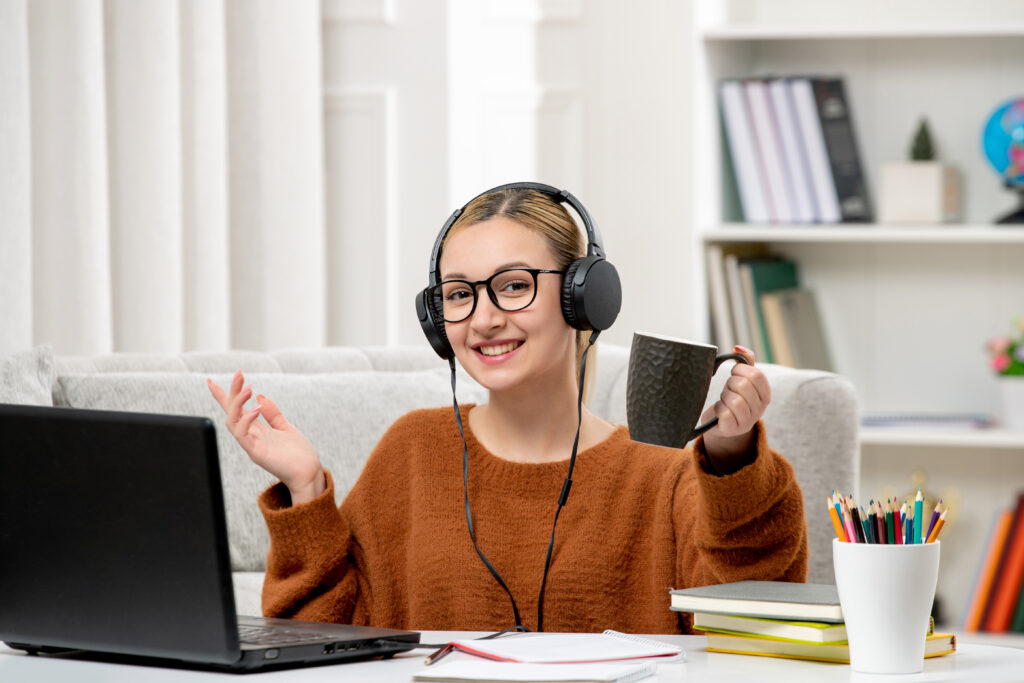
What is Realia?
Realia refers to authentic objects or materials found in the real world and used in the classroom. Realia can be any object that provides tangible, real-life examples of lesson materials to support and enhance learning. Realia can be common objects found in everyday life, like the food in your fridge, clothing, books, or household items. These everyday objects help students make connections between classroom content and real-world applications and are especially useful in bridging communication gaps in full immersion language learning – the BEST way to learn! Replicas or models of objects and structures can be used as realia to provide a hands-on experience. Imagine trying to bring a REAL car into your classroom! I know some of us are ambitious and creative enough to try, but a model or toy car will serve as a more practical solution for the online classroom. Realia can also be printed materials like newspapers, magazines, or brochures. When we talk about realia, we usually think of physical objects around the house, right? But realia can be digital too! Items like online menus, magazines, adverts, and maps are realia, as long as they were not created specifically for an ESL lesson.
Why should you use realia in the online classroom?
Realia is a multi-beneficial learning tool, and it doesn’t come with a price tag! Other than supporting language acquisition in learners of all ages, realia makes a lesson more fun, lively, and engaging! Realia is a great way to connect with learners and inspire a love for learning; especially in cultures where studying is seen as serious business and mistakes are met with punishment. Realia can provide a sense of security and a barrel of laughs in the online classroom. Using realia can make a lesson more personal and memorable, thus facilitating students’ ability to recall information later on. Realia reinforces language acquisition by bridging the gap between theory and practice, offering students concrete examples that illustrate vocabulary, grammar, and specific linguistic features. Realia enables students to connect abstract concepts to real-world applications, which promotes a deeper understanding of concepts taught in the online classroom.
The Use of Realia Just Makes Sense!
Realia caters to multisensory learning and allows students to engage their senses beyond a digital textbook. The use of different types of realia provides students with a multisensory learning experience, making content more relevant, engaging, and relatable. Realia can add a kinesthetic and tactile element to lessons and act as a visual aid.
You can always rely on realia as a backup plan for those days when technology is acting up, and you can’t access your digital learning materials (Cringe! Is there anything worse than a techno-nightmare during a class?) You can always rely on realia to deliver a lesson if you experience issues using digital games or materials for your lessons. Realia can also help students overcome their hesitation to express themselves in a new language and build confidence. Using realia on a student’s side can give a student confidence and a sense of comfort. A student who is holding an object, especially something familiar to them, will feel more confident speaking about the object in a foreign or second language.
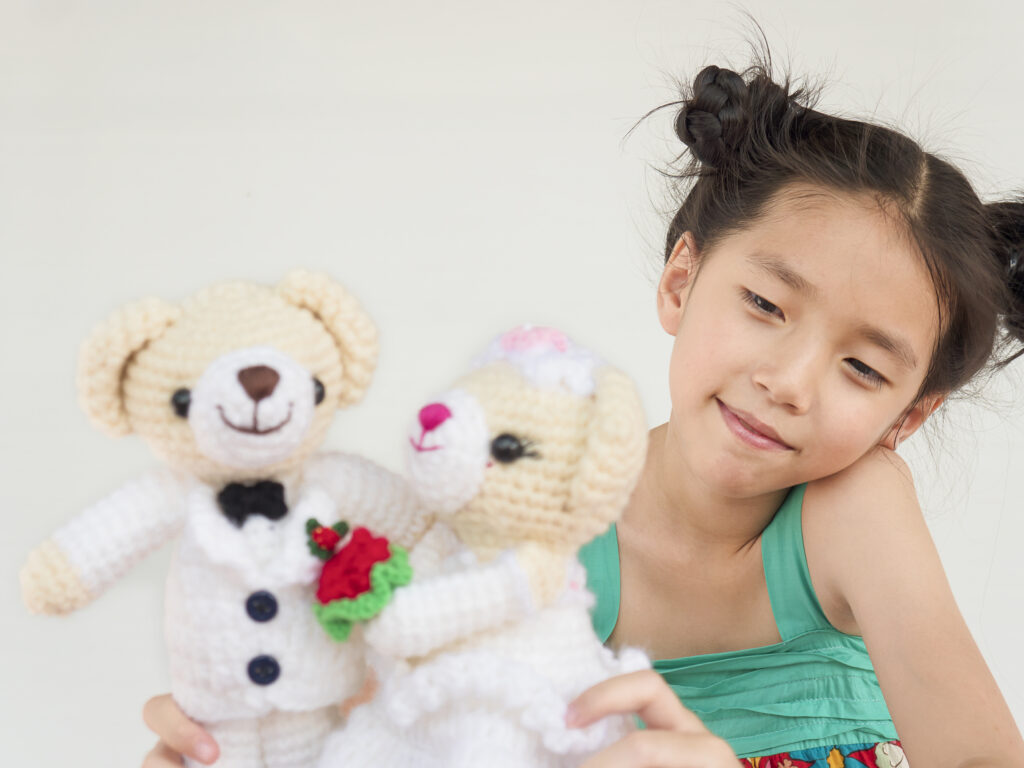
Using Realia in the Online Classroom:
Realia can be used on the teacher’s side of the screen, by a student, or both! A teacher can use realia to introduce new vocabulary, demonstrate language points or role-play, expand on a lesson, for games, and as a way to check comprehension. A great example of realia in action is if you are teaching a lesson about food. You can ask students to bring their favourite fruits, vegetables, and snacks to class. Not only will this create the opportunity to learn the names of the items, but also to delve into discussions about their colours, tastes, and whether they are healthy foods or not. You can also use realia as a reward for younger students, like a sticker chart, a bubble blower, or a party shaker. Digital or realia rewards are a great motivator for children and can add levity and fun to your classroom. They can also act as a short reprieve to your challenging learning objectives. Teachers can (and should!) encourage students to interact with realia on their side of the screen too. You can do this by preparing a scavenger hunt for class (with the parent’s permission, of course), hosting a ‘show and tell’, playing a game of ‘go fetch’, or instructing a student to show or point to objects in their home. Realia is also super helpful for teaching uncountable nouns like ‘vegetables’, ‘liquid’, or ‘materials’.
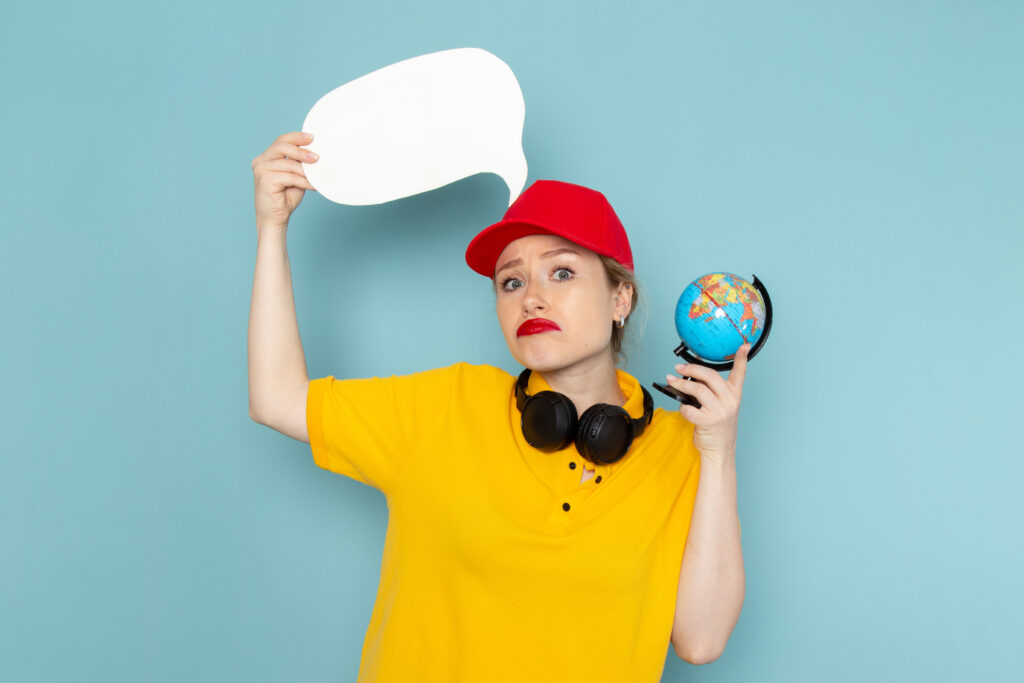
Bring your lessons to life!
Try to make realia seem as animated as possible by engaging with the object and showing it from different angles. If your student is using realia on their side of the screen, encourage them to use their five senses to truly ‘experience’ an object. A student will already be using their sense of sight and touch to engage with an object, but you can take this a step further and ask your student to smell some objects too! The sense of smell is the least understood of the five senses, but various studies show that the scent-memory connection is the most powerful form of memory and the most difficult to change, so encourage your students to interact with realia as much as possible. You can use puppets, mascots, or a toy microphone with younger learners to model and scaffold role-play and other activities involving more than one speaker. Puppets or an inanimate teacher’s assistant are also useful for introducing natural speaking rhythms to more advanced young learners. Pubbets has an awesome video on their YouTube where they introduce the world of puppetry to the online ESL classroom; there are so many great ideas in this video, I just had to include it here for you too!
The magic of being an online ESL teacher is that you can seamlessly blend traditional teaching tools with 21st-century tech to create multidimensional lessons that are relatable, engaging, memorable and spark enthusiasm for learning! So, turn on your camera, grab those props and get ready to deliver a lesson that brings learning to life!
I hope this blog inspires you to use more realia in your online ESL classroom and find creative ways to use the world around you in your lessons!
Happy teaching!



